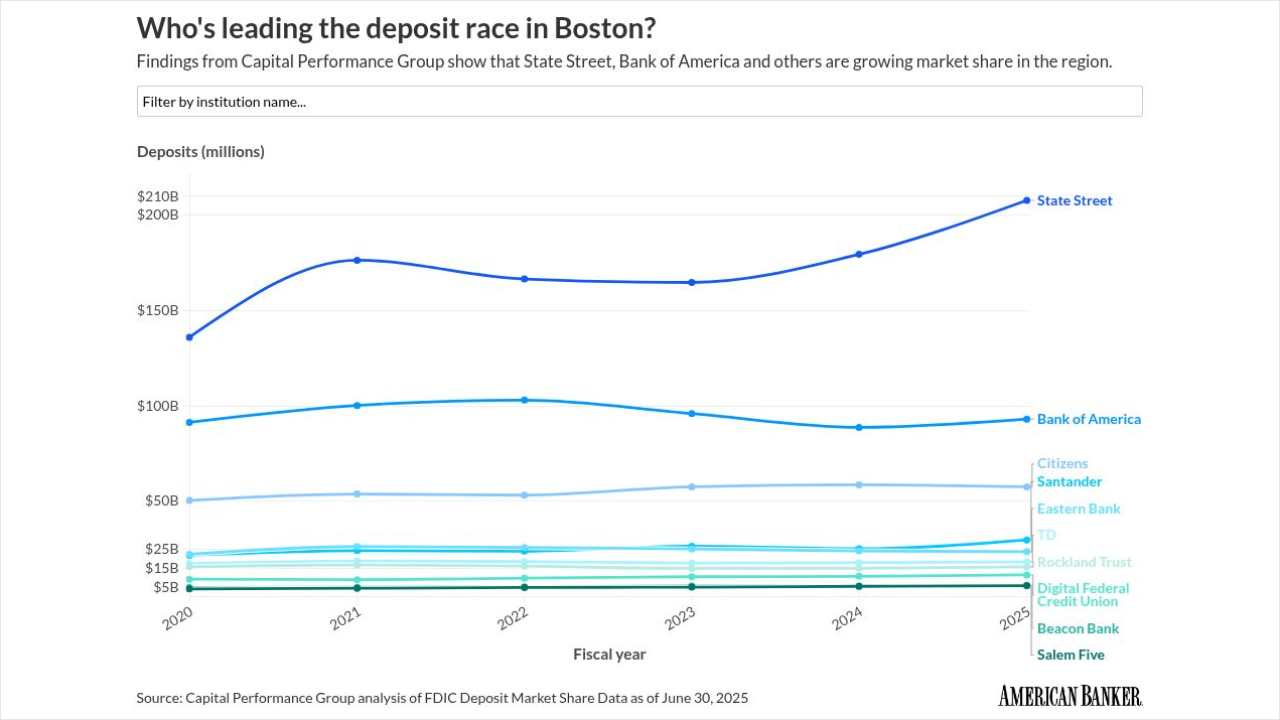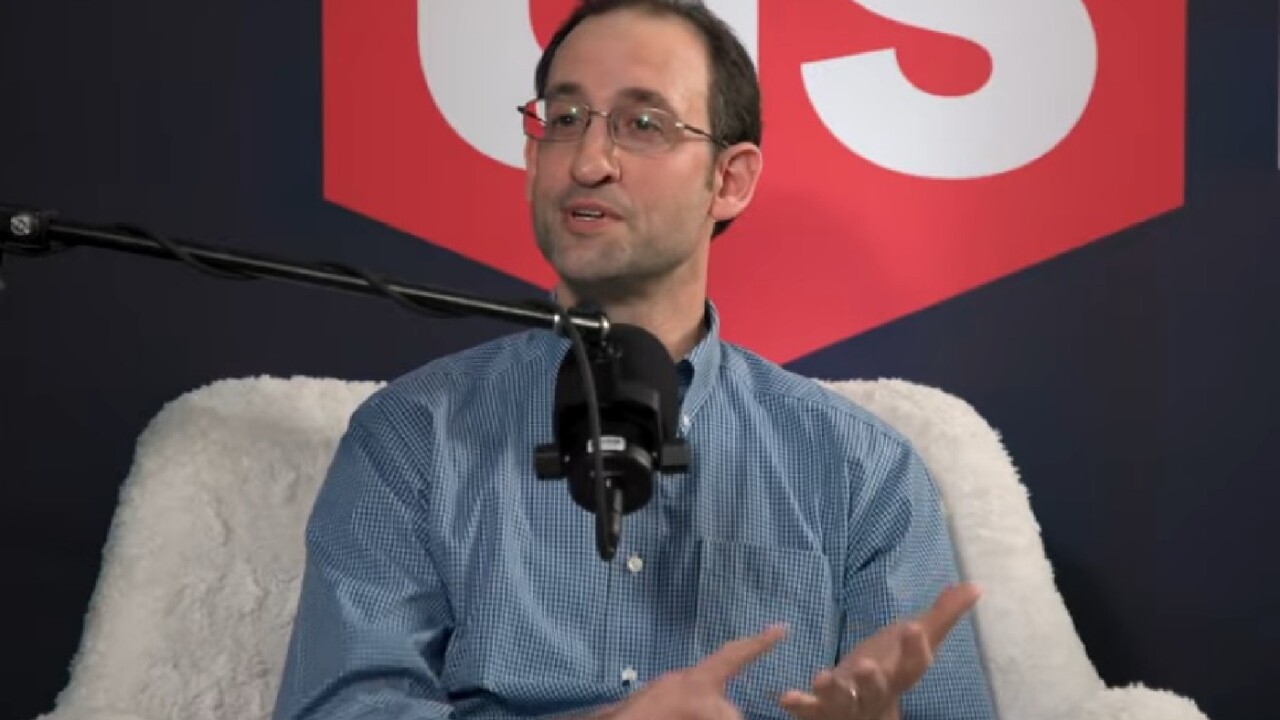Anyone who has attempted to import multiple sets of data into a spreadsheet knows how important it is for shared datasets to have common formatting standards. What's true for Microsoft Excel is even more true for bank account information.
The Consumer Financial Protection Bureau
The CFPB rule is known widely as 1033,
The future of the CFPB's rule, and by extension the regulation of open banking more broadly, is currently uncertain in the face of
Despite this, many banks are looking to expand their open banking capabilities in anticipation of future competition and consumer demand.
"Even if something changes when it comes to Section 1033, open banking in the U.S. isn't going anywhere," Eyal Sivan, general manager of North America for Ozone API, told American Banker. "The consumer demand to share their financial data across the ecosystem will continue — the genie is out of the bottle, so to speak."
Sivan believes that regardless of how the courts handle various Section 1033 lawsuits, banks will continue to use the CFPB's rule as a regulatory guideline for building their open banking tech stacks.
"What exactly is going to happen to the rule does remain somewhat up in the air," Sivan said. "However, the activity we're seeing from the market is that interest in moving towards open banking continues. Interest in adopting open, shared standards continues. Ultimately, I think that's because the U.S. financial ecosystem recognizes that the consumer demand for this is real and will continue to grow."
Currently, some banks authorize third-party platforms to
Using APIs lets banks narrowly define what data is shared. Larger banks often build their own APIs in house. Smaller banks, such as
"The API that we're using is actually based on the FDX 6.0 API standard, which is really becoming the industry standard," Regions Bank emerging and digital payments group manager Tim Mills told American Banker. "The FDX API serves as a gateway into our deposit core, which is where we maintain the data related to transactions and balances for covered accounts."
How standards get designed and adopted
In order for open banking to work most effectively, the consumer data shared between financial institutions — such as between banks and fintechs — needs to share a formatting standard. As an industry standards body FDX, or the Financial Data Exchange, is seeking to help banks and other financial firms format their data.
"Data format comprises things like the structures for API calls to be requested and responded to, the communication language protocols that technology systems use to communicate with each other, and how the fields are structured and the requests are sent," FDX CEO Kevin Feltes told American Banker.
FDX is a nonprofit industry standards body composed of some 200 members across financial services in the U.S. and Canada.
In
"The CFPB created this legal framework and process around recognizing standard-setting bodies," Feltes said. "When they did so in June of last year, FDX decided internally that we wanted to put ourselves forward to play that role in the marketplace. We applied last fall and were
A move to APIs
As of press time, the CFPB has
"We already have very strong and broad adoption of FDX API standards in the marketplace," Feltes said. "There's over 96 million customer connections flowing through APIs that align to the FDX standard already today. In many ways we're serving as a standards body for the industry already, but the recognition does help to bring some additional relevance to compliance obligations."
Other standard-setting bodies exist in the financial services space but have not submitted an application to the CFPB, although they've been around for decades. One example is
Building on IFX, the Open Financial Exchange, or OFX, was also launched in 1997 as an open standard for advanced financial data functions like bill pay.
FDX has updated its API standard and data formatting guidelines for the organization's members several times since its 2018 launch.
"The most recent published version is 6.3, which was published in the latter half of last year," Feltes said. "At FDX, one of the benefits of having an industry-driven standard is that we have a lot of devoted members who are committed to adapting it over time, and so we've had many different versions that have evolved and built upon prior versions over the last seven years."
Consumer demand for data-sharing
As consumers get more comfortable with the idea of letting other companies and apps into their bank data, they are likely to demand increasing levels of integration from their banks.
"Open banking, as an idea, fundamentally is about letting people share their financial data between institutions with their consent based on common standards," Sivan said. "When Section 1033 was finalized at the end of last year, that really was the regulator coming to meet market activity that was already taking place. And that's great, because for open banking to work, you need a little bit of market and a little bit of regulation, and the two have to compliment each other."
The need to compete will continue to drive banks' data-sharing efforts, even if the 1033 rule lays by the wayside for the next four years, experts said.
"There are more and more financial institutions building or expanding upon digital experiences that depend on permissioned data-sharing from held-away accounts due to the rapid adoption by consumers of use cases that depend on open banking," Feltes said. "It's driven in part by the success of many fintech companies building compelling experiences and a desire by banks to compete in all of these use cases, whether it's budgeting, wealth planning, easier verification of account for payments, cash flow underwriting or account onboarding."








